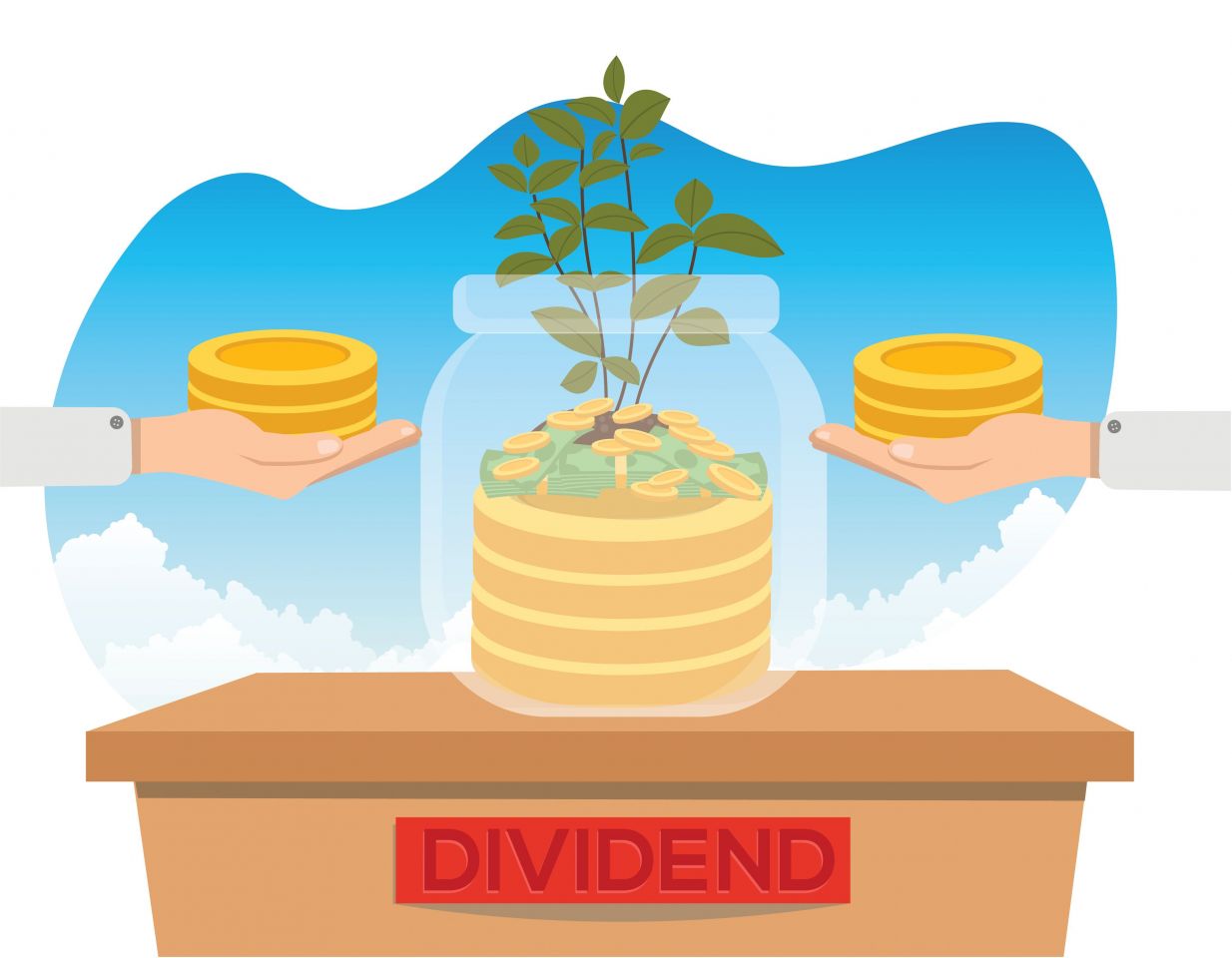What are preferred dividends?

Preferred dividends are the part of a company’s earnings that are paid to preferred stock or preference shareholders. These are prioritised over ordinary shareholders.
A fixed rate is usually applied to preferred dividends, based on their par value.
Where have you heard about preferred dividends?
In 2011, Warren Buffet’s Berkshire Hathaway bought $5 billion worth of preferred stock in Bank of America.
In the 5 years since that investment, approximately $1.5 billion worth of preferred dividends were paid and the preferred stock is now worth around $17.4 billion.
What you need to know about preferred dividends.
Preferred dividends can be calculated annually by multiplying the dividend rate by the par value. This can then be divided up according to how often the company pays out its preferred dividends.
Some preference shares may be cumulative, meaning that if a company decides not to pay dividends at a certain point, they are obligated to accumulate any missed preferred dividend payments and pay them at a later date. Common shareholders will not be able to receive any dividends until the preferred dividends have been paid in full to the preference shareholder.
Find out more about preferred dividends.
Read our definition of dividends to see the difference between common and preferred dividends, or learn more about the types of preference shares.